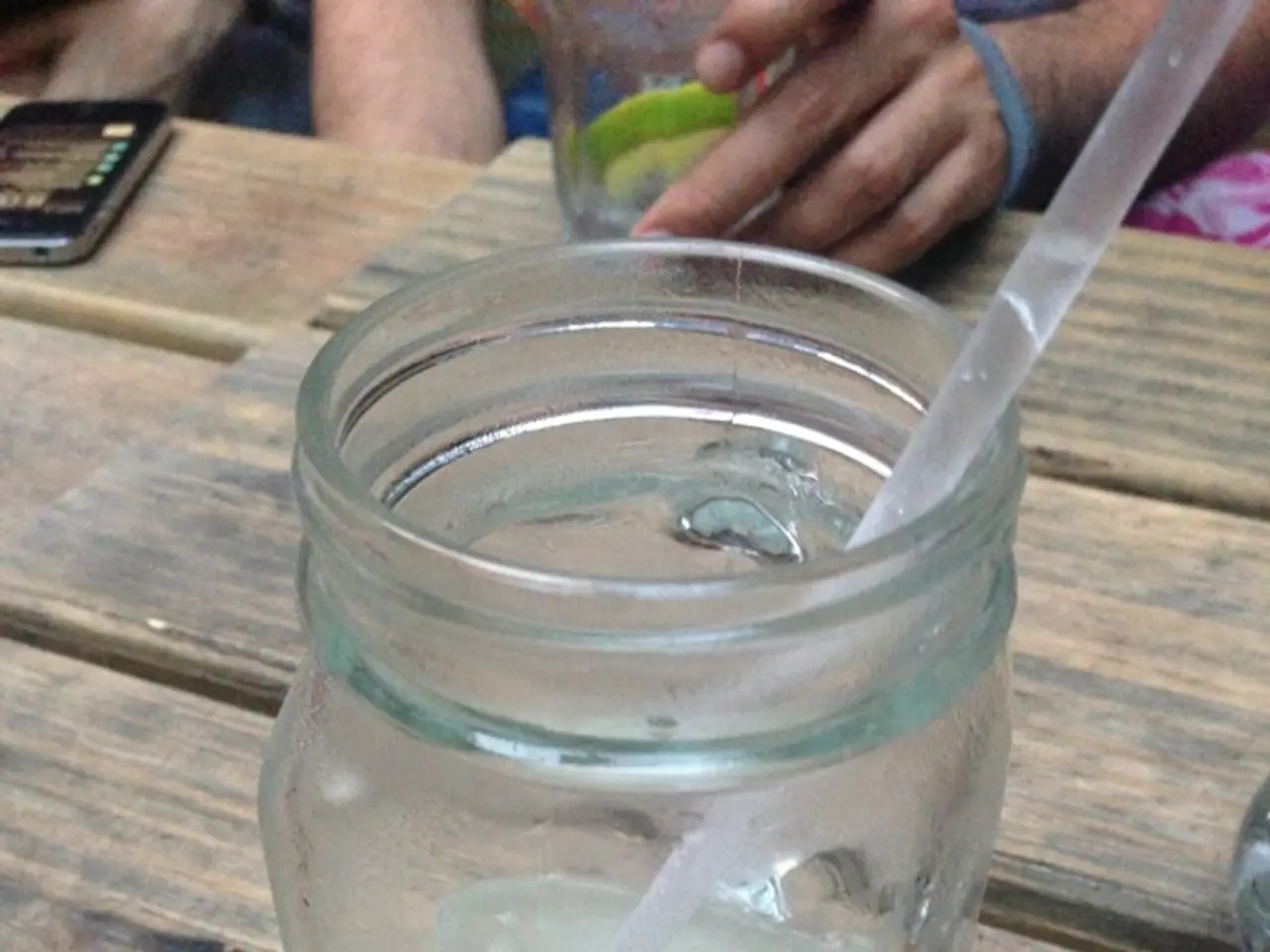Jar Tornado Scientific Demonstration
Tornado in a Jar: A Fascinating Home Science Experiment
Are you looking for a fun and educational activity to do at home with the kids? Look no further than the Tornado in a Jar experiment! This simple kitchen science project is sure to captivate the imagination of children of all ages.
Here's what you'll need to get started: an empty and clean glass or plastic jar with a tight-fitting lid, water, dish soap, and optionally glitter or vinegar.
To perform the experiment, fill the jar about three-quarters full with water, leaving some space at the top. Then, add about half a tablespoon to a tablespoon of dish soap to the water. If you'd like to add a bit of extra visual interest, consider adding a teaspoon of glitter or vinegar as well. Secure the lid tightly on the jar, then swirl or spin the jar in a circular motion for about 5 seconds. Watch as the water forms a tornado-like vortex inside the jar!
The dish soap helps the water stick together and form the vortex more clearly, while swirling induces the spinning motion similar to a tornado. Adding glitter can help visualize the motion of the water inside. This experiment demonstrates vortex formation, similar to how tornadoes spin in nature.
The Tornado in a Jar experiment is a safe and easy home science activity that visually explains concepts of fluid dynamics and weather phenomena. It's a great way to learn about tornadoes in a non-scary way that is both fun and engaging.
If you enjoyed the Tornado in a Jar experiment, be sure to check out more science experiments for kids on the Super Cool Science Experiments for Kids page. There, you'll find a variety of other simple and fascinating experiments to try, such as the "Walking Water Experiment" and the "Exploding Baggie Experiment". Weather experiments, like tornadoes, are particularly popular among children, so be sure to explore the world of weather science with your little ones!
Engaging in the Tornado in a Jar experiment serves as a captivating way to combine science, education, and self-development, offering an opportunity for hands-on learning about fluid dynamics and weather phenomena, such as tornadoes. This experiment, along with other science experiments for kids, can be found on the Super Cool Science Experiments for Kids page, providing endless possibilities for exciting, accessible, and enjoyable learning experiences.




